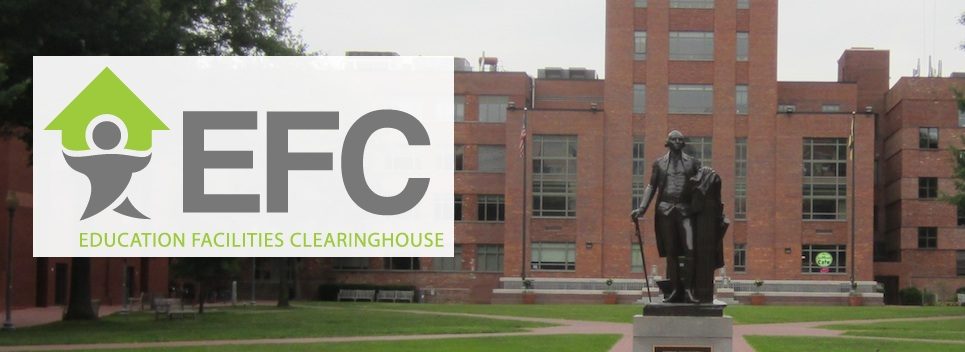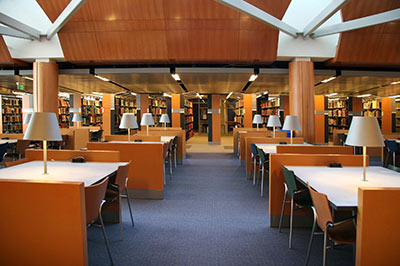Yan, W. (2012). 3 (1)
The shifting population trends across United States and Pennsylvania make it essential for policy makers to know the future enrollment trends and school building facility needs. A statewide survey was conducted and questionnaires were sent to approximately 243 school districts in rural Pennsylvania. While the majority of rural school district superintendents reported that the school building conditions were satisfactory, a sizable minority reported their building conditions were unsatisfactory. Many aging rural school buildings are not up-to-date with required maintenance. In addition, many rural Pennsylvania schools will experience severe under enrollment, at times more than 25% below their capacity. The proportion of rural schools experiencing under enrollment will differ somewhat by geographic region. Recommendations are offered regarding some policy considerations that state policymakers and school districts can utilize to improve rural school building conditions in Pennsylvania.











